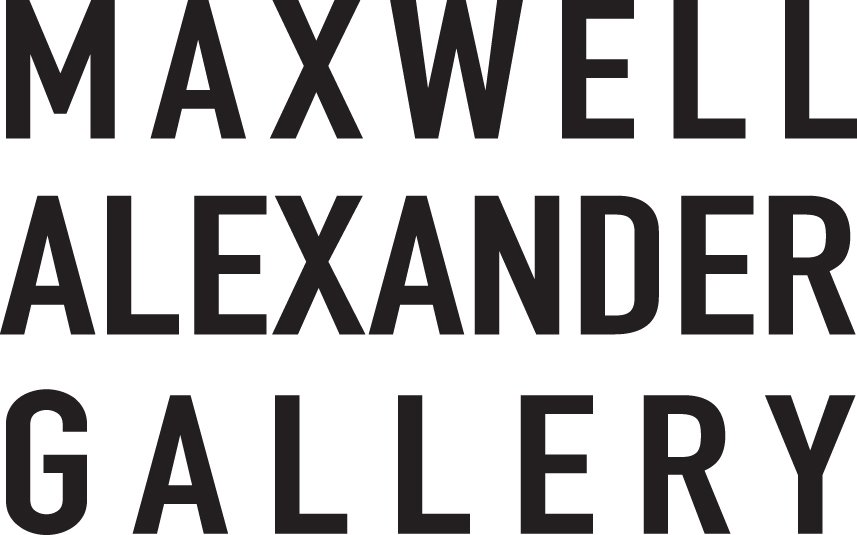As artists, Jeremy Mann and Joseph Todorovitch figurative artist Todorovitch has been challenging are constantly finding new ways to challenge their himself by working more intuitively. “I’m trying to artistic processes; to push their paint application and mark making to new limits, allowing for exploration in each composition. This goes beyond the subjects they paint and speaks directly to their techniques.
Mann, who paints both figures and cityscapes, says, “If I don’t push myself further in my paintings, I’ll sink in the mud, both a physical challenge and also a mental hurdle. The best medicine to encourage this growth is travel and experience, with a healthy dose of long, thoughtful showers and bravery. To have the guts to try new techniques, approaches, watch new strange films, research photographers, draw from life, try different old cameras and lighting situations, new palettes of colors…a plethora of ways to add more garbage to the compost pile and grow something different.”
Echoing the idea of growth in his paintings, explore more with the paint application and at the same time balance a very strong sense of control, which is counterintuitive,” he says. “I really do crave control, but at the same time, I want it interesting and to be more willing to explore paint application and step outside my comfort zone—sometimes step outside a lot depending on what the painting allows.”
March 12 to April 2, the artists will exhibit in a two- man show at Maxwell Alexander Gallery in Culver City, California. On display will be brand-new works that highlight their signature subjects as well as show artistic evolutions.
Included among the pieces by Mann is the cityscape NYC #20, which features a harmonious color palette— something that appears in many of his paintings. Mann explains, “Color palette should always be harmonized, it references the light and color when the city is bathed
in the atmosphere of twilight, artificial light or daylight. I believe that a control of an artist’s color palette is one of the most difficult things to handle, but also one of the most exciting when you’re on point. Having conditioned my approach, my monitors, my film references and my palette to reflect this desire, I leave finesse for my brain to conduct with when painting in the studio.”
One of Todorovitch’s paintings in the show is Comet, depicting a woman in a red dress standing in a clothing store. “I was working with the model, and based on what she had brought to work with in terms of wardrobe, I thought it’d be really fun to counter that with something that was more textural—a background that has a lot of activity, and was very active against the simple red dress,”
says Todorovitch. He adds that when working with models, “I like to just get the model in the environment and start moving around—play with color, shapes, value and simple picture-making ideas until it starts to feel right. I’m trying to work intuitively more and more, and not overthink the process…” and viewers will see juxtapositions such as a “highly rendered face next to something abstract.”
Todorovitch also has noticed a common thread of perception in his new works. “Obviously I’m concerned about the visual experience we construct from nature about our reality with all the wonderful and clever ways we use paint to represent that. But also, perhaps more subconsciously, the perception of the subject and viewer experience,” Todorovitch says. “How the subject perceives being viewed and how we view the subject has naturally become a part of the process working with friends, family and strangers. I wouldn’t object to the use of particular staging and objects adding a deeper layer of psychology to the paintings so long as it isn’t focused… This also presents opportunities to demonstrate intricate painting skill. All very important to me.”
